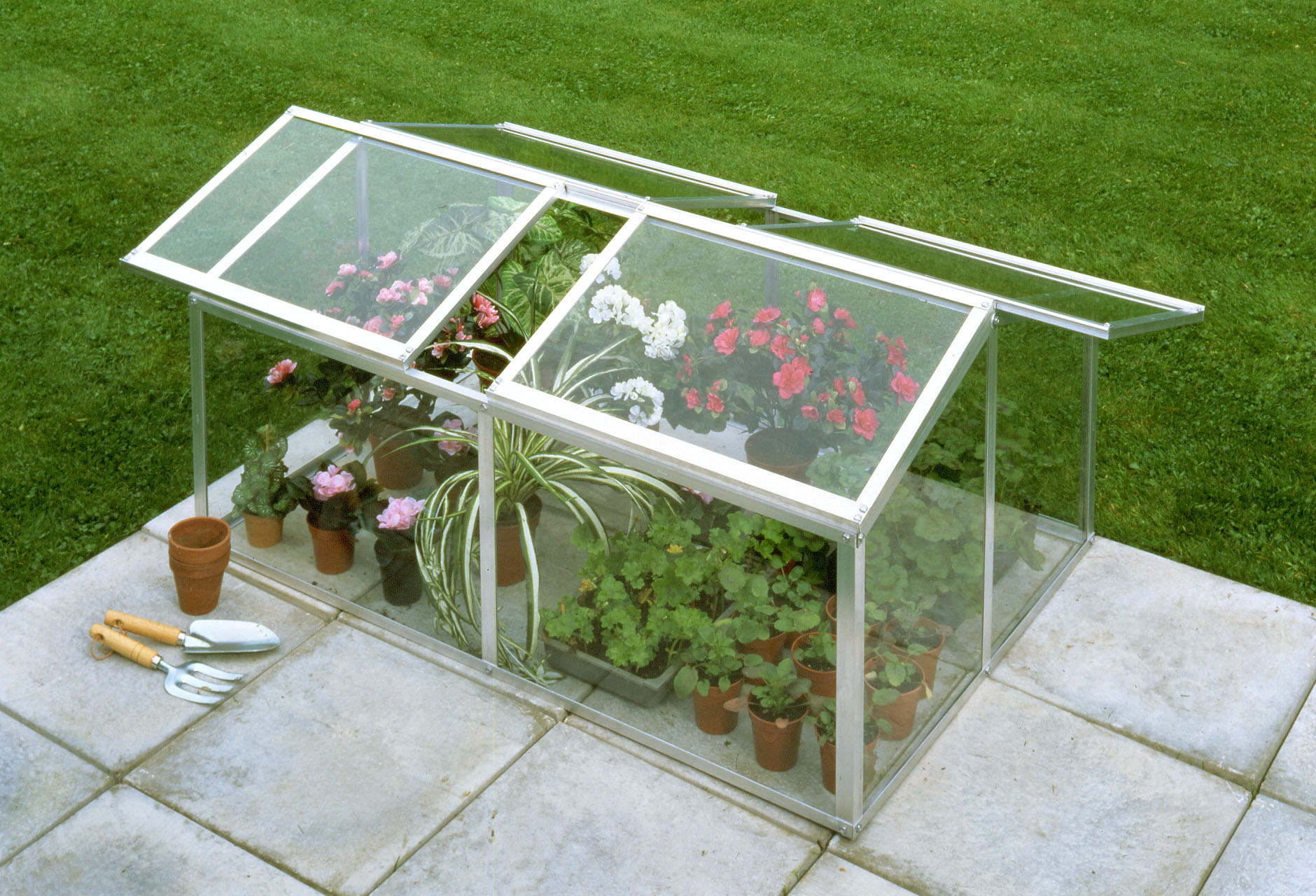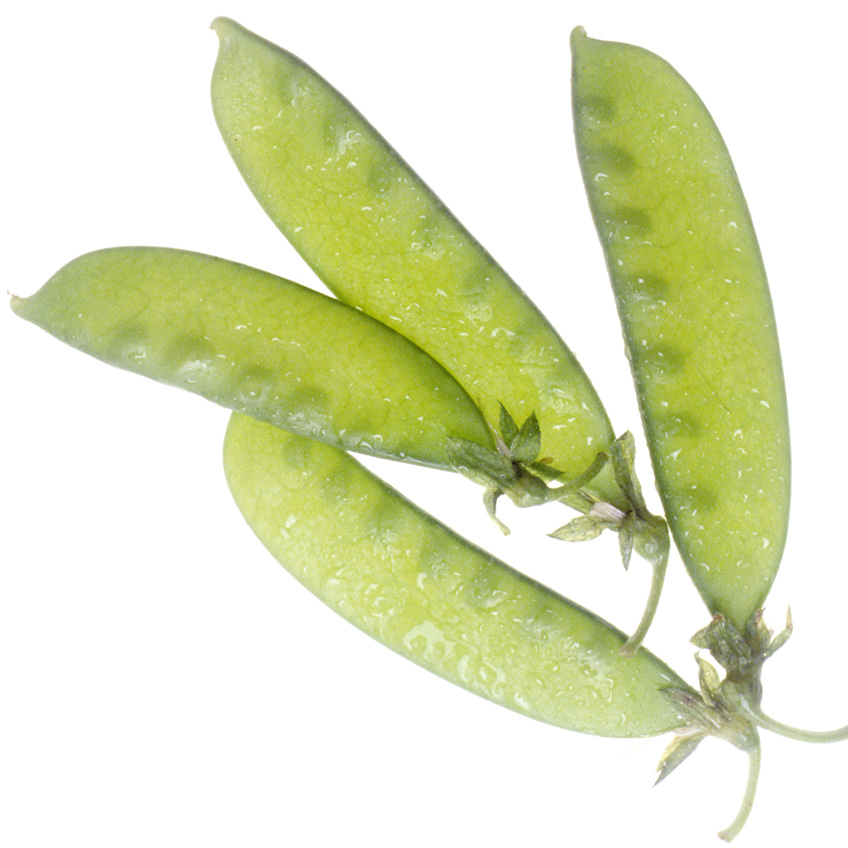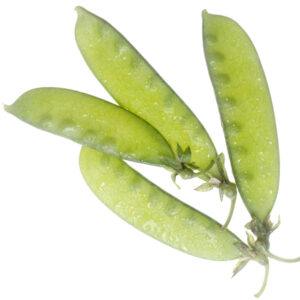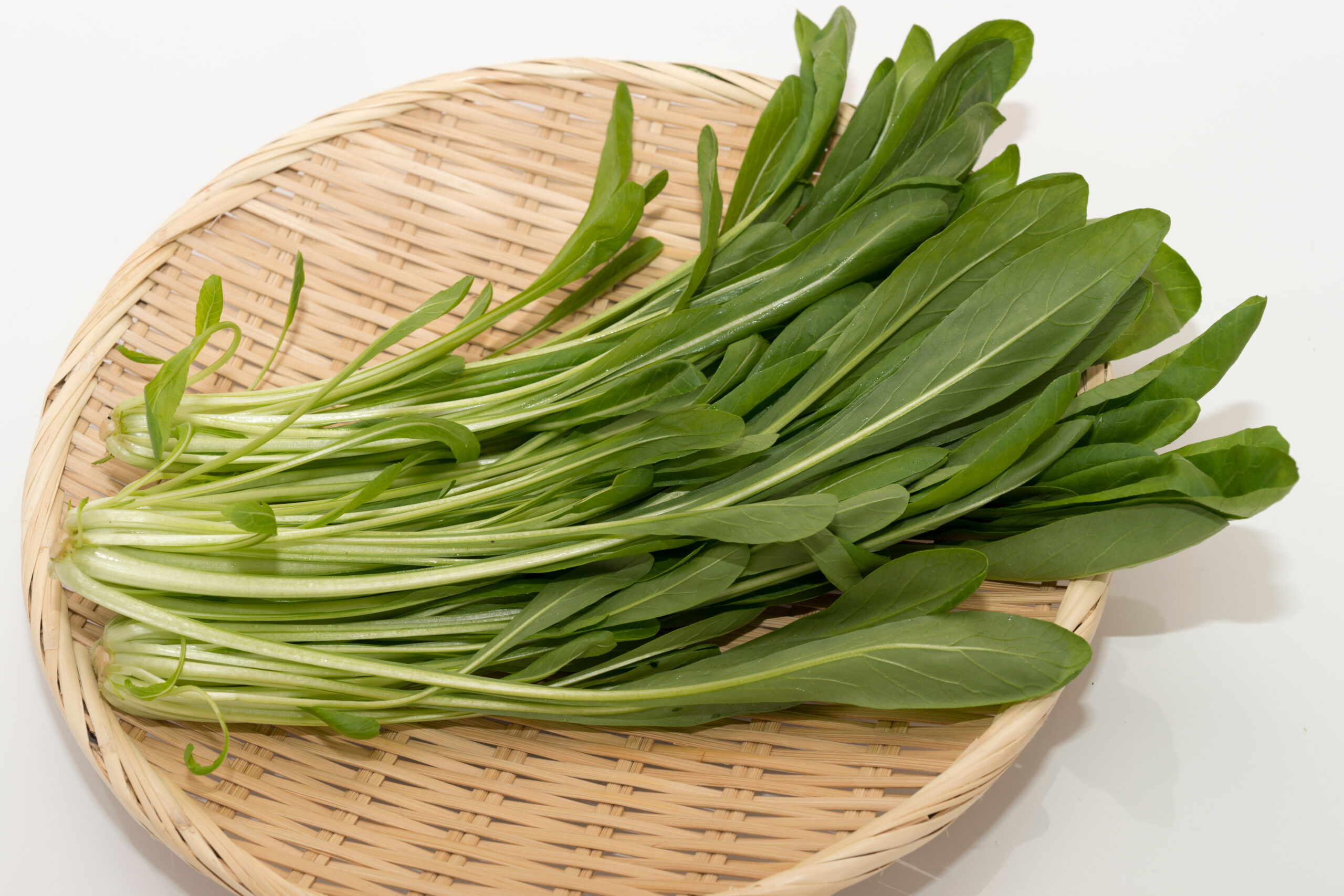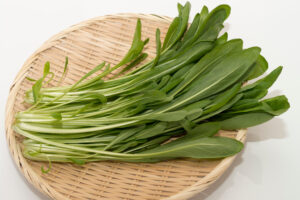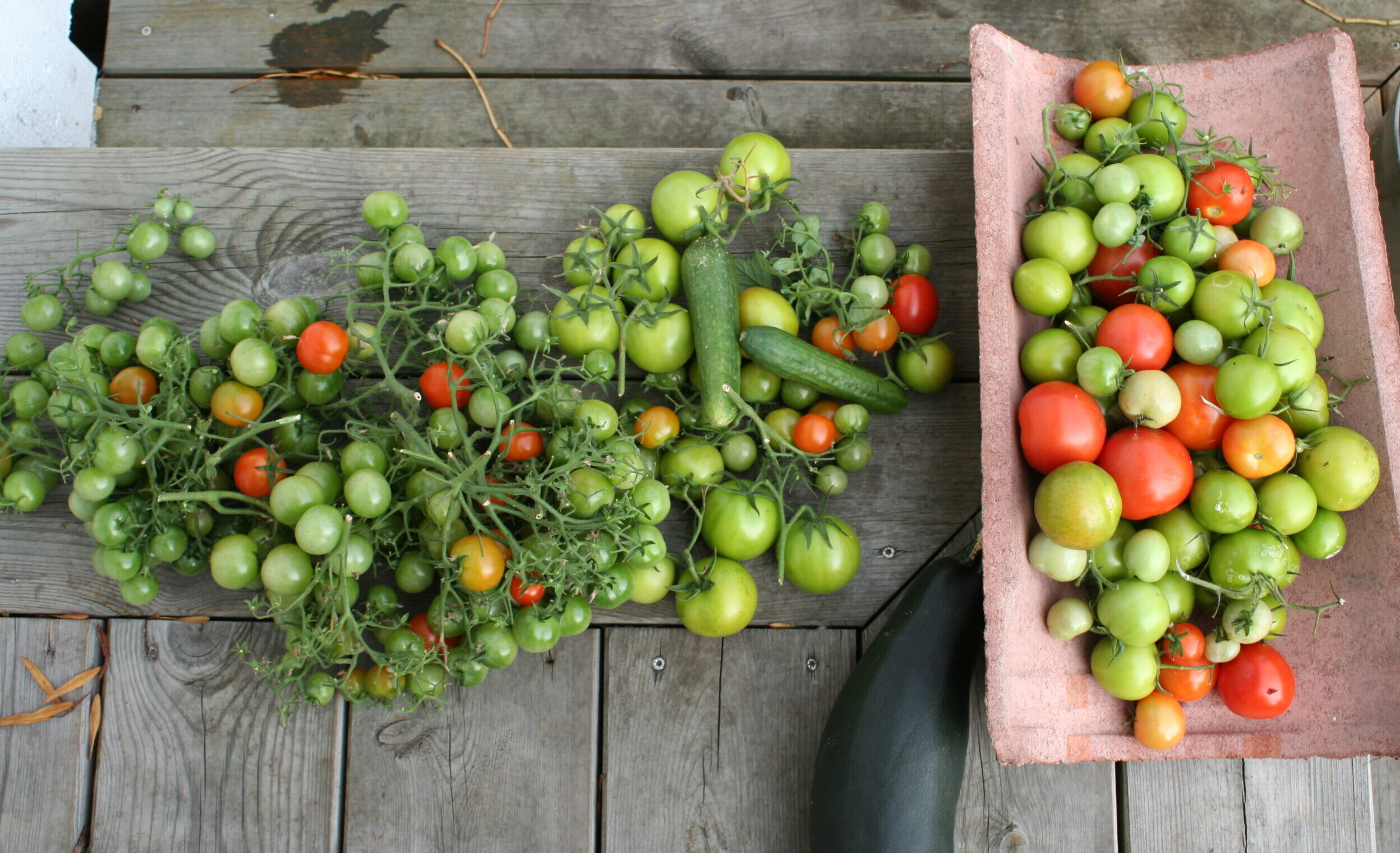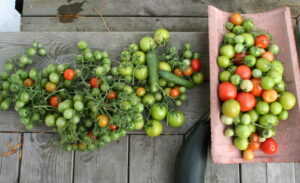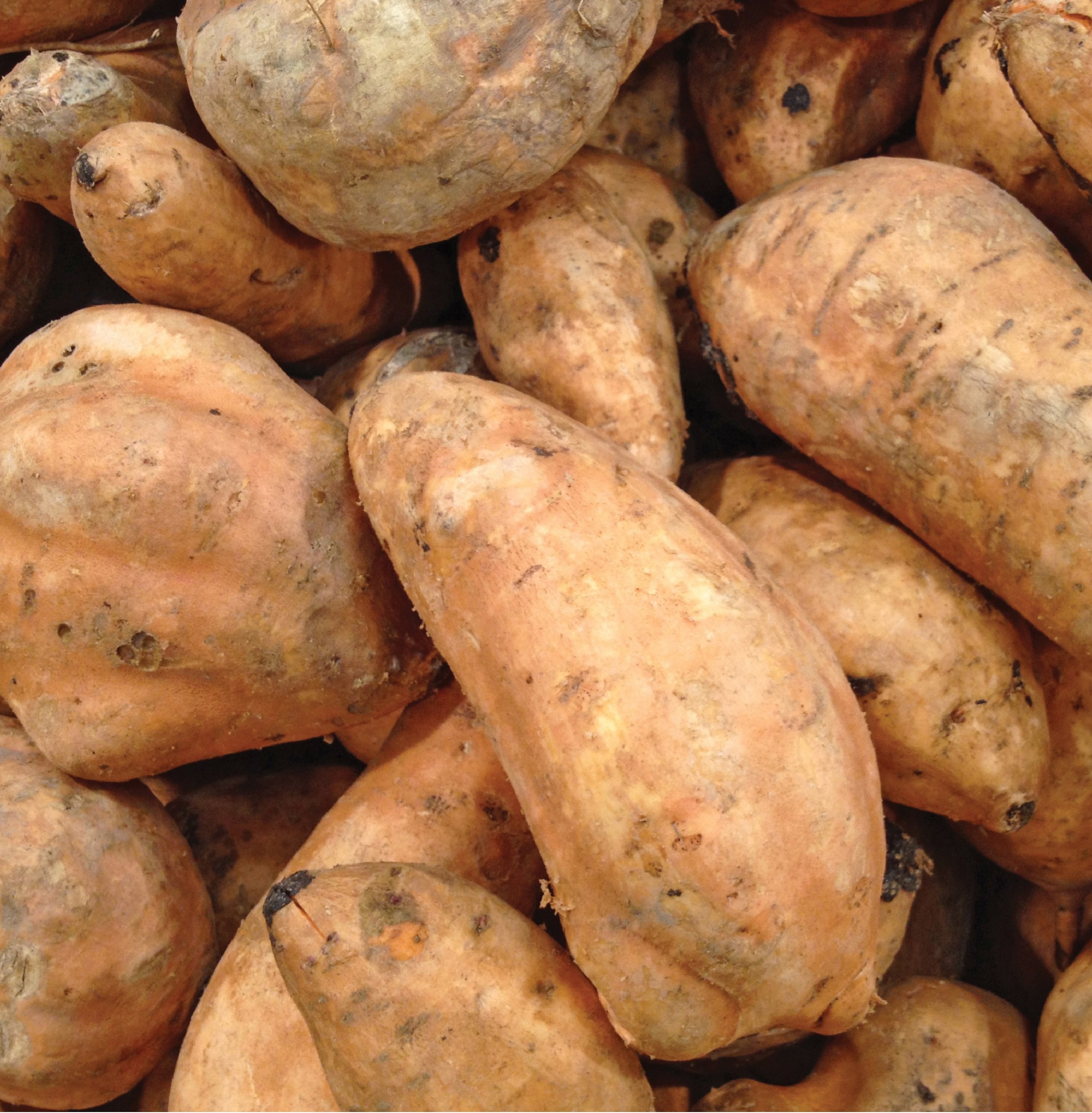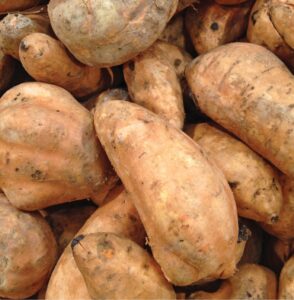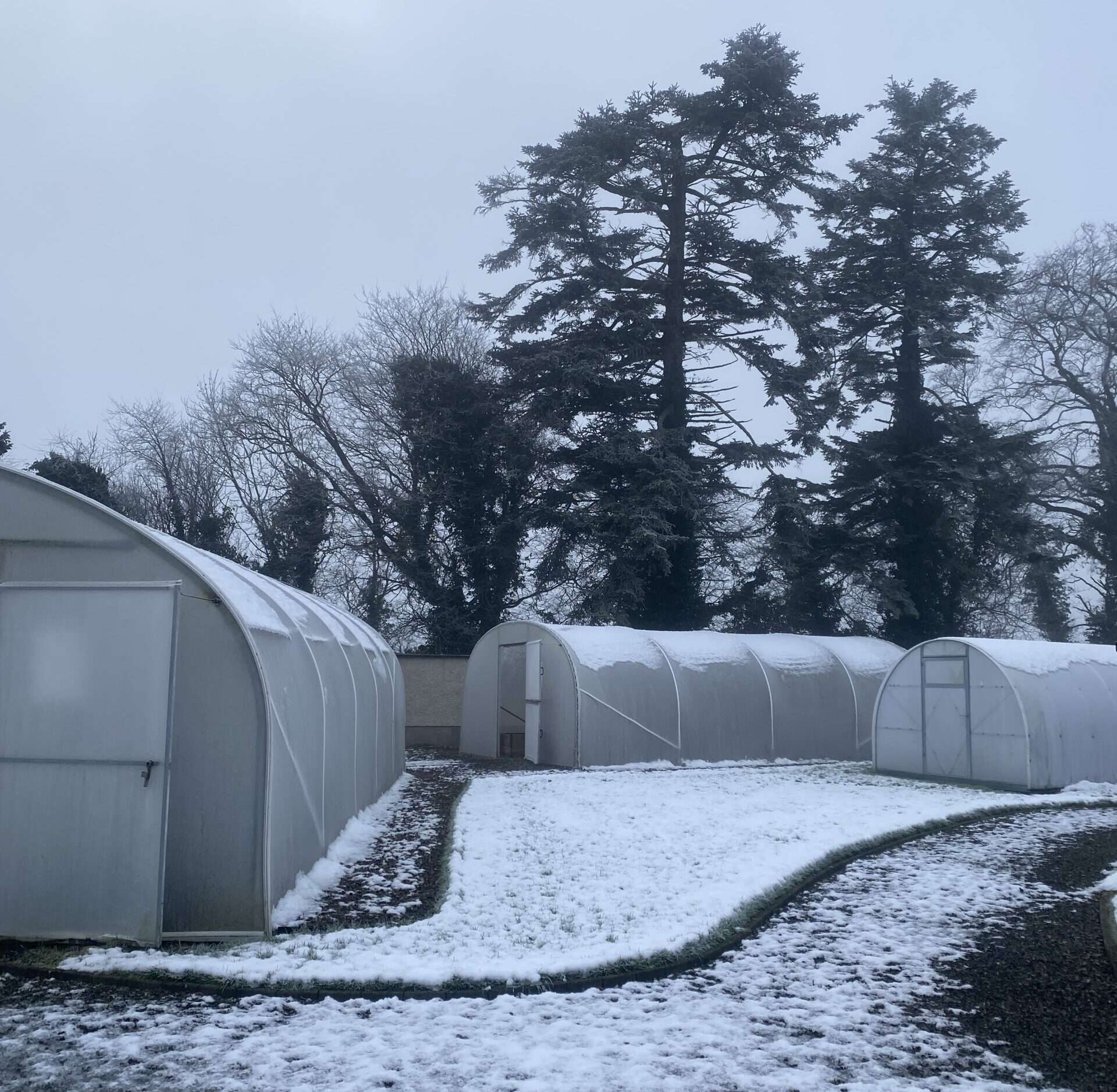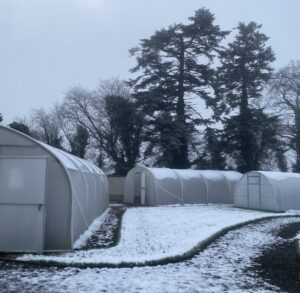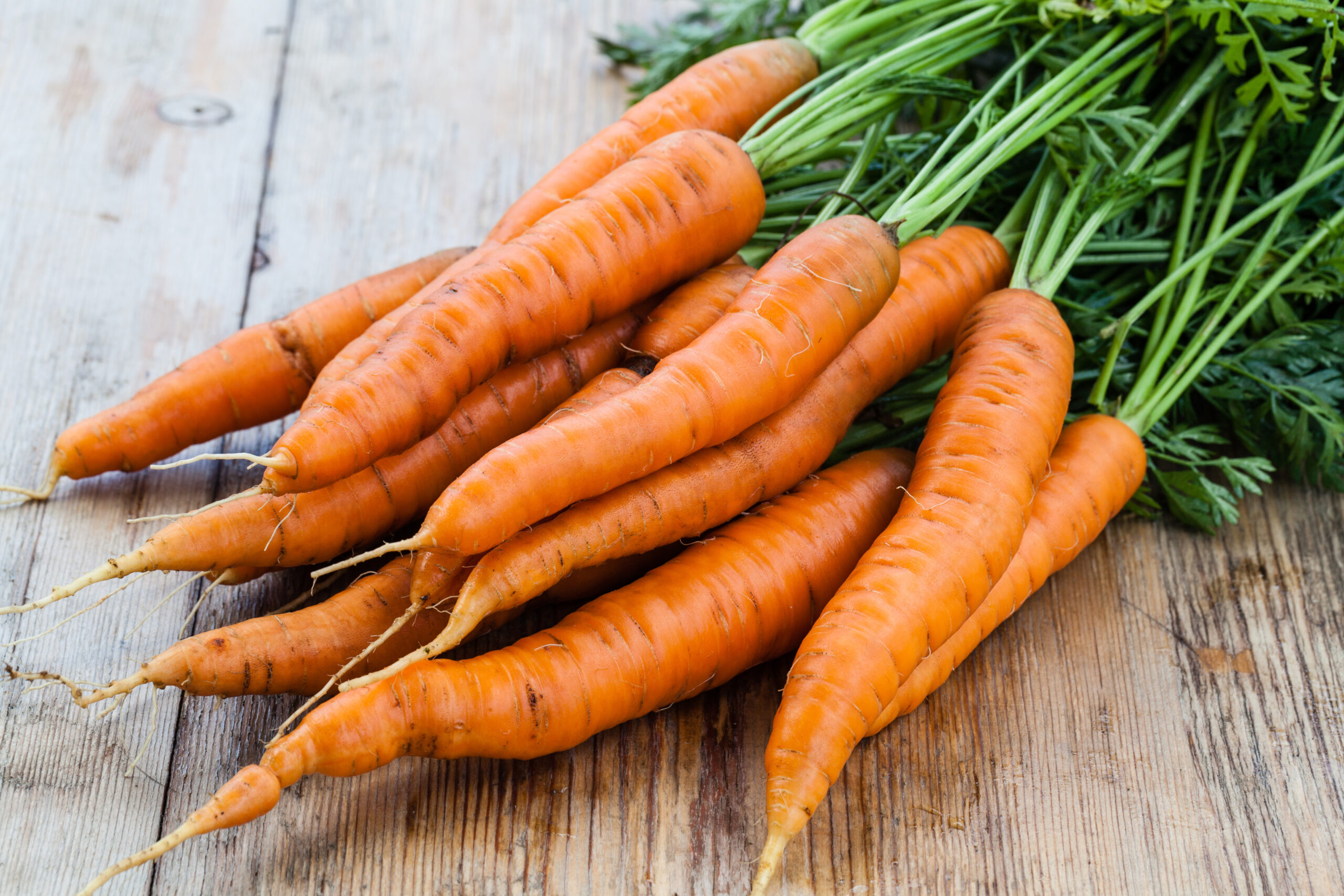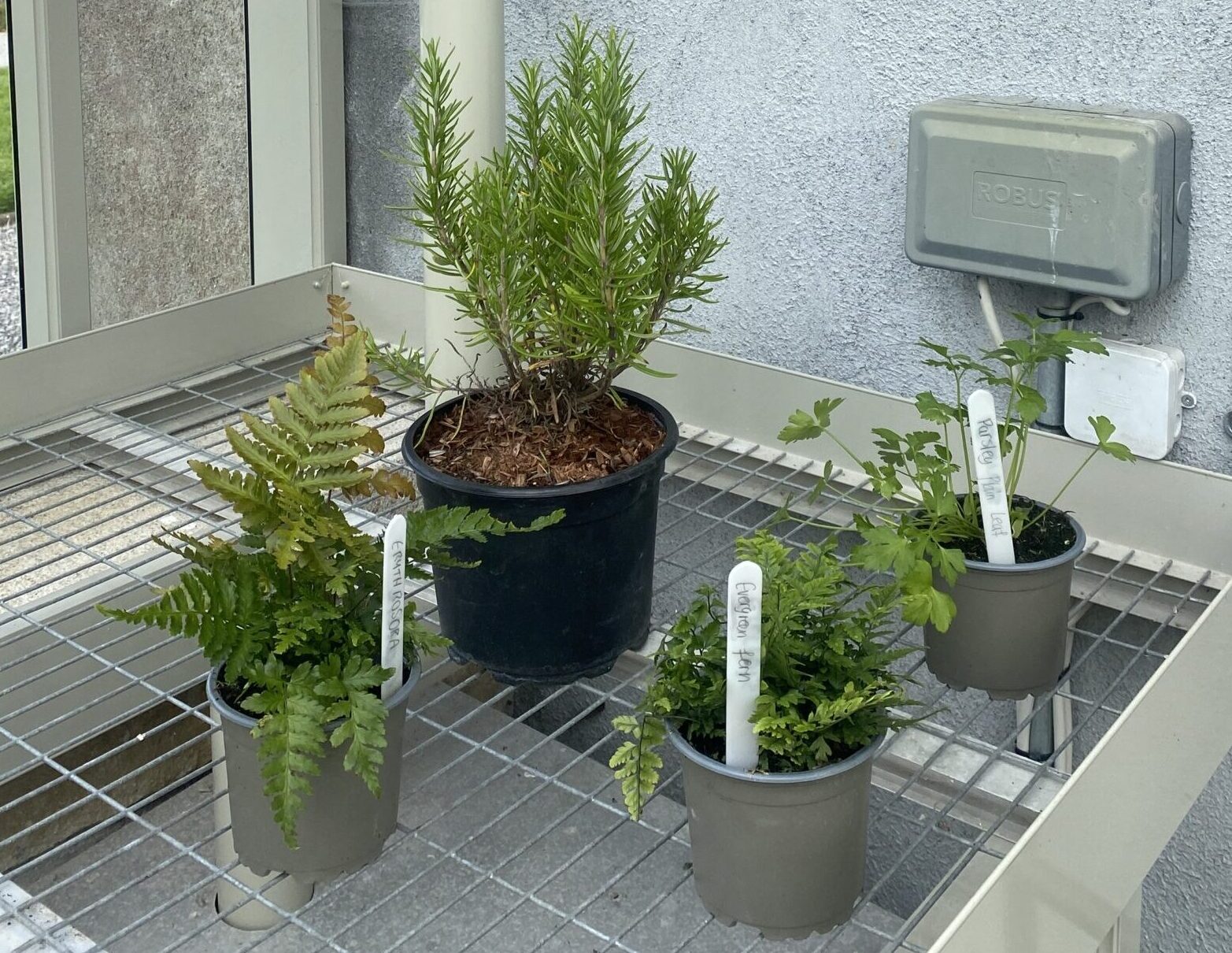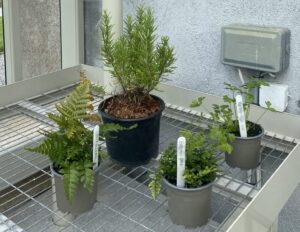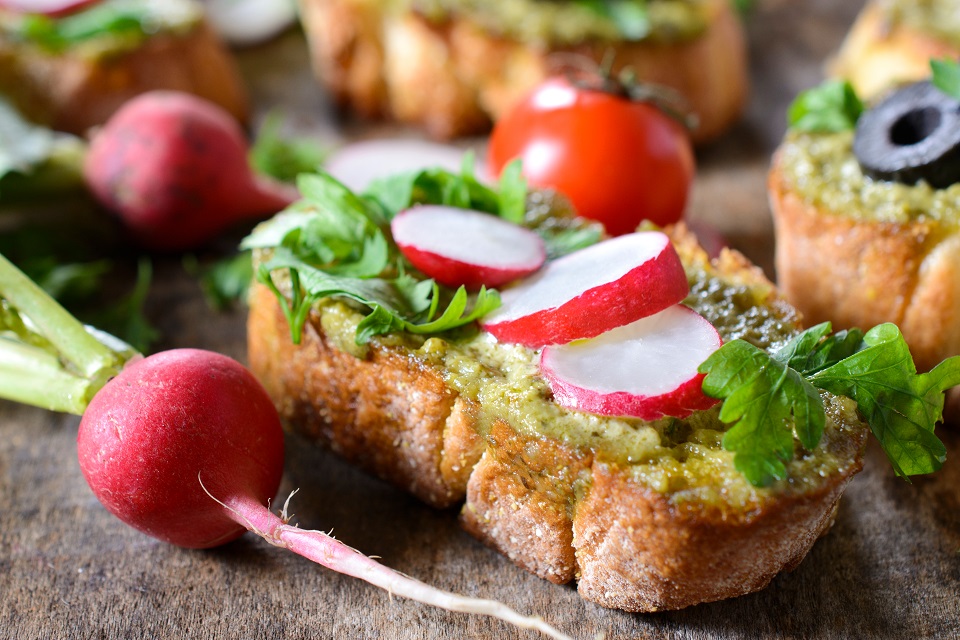Cold frames are four-sided boxes with transparent covers sloping towards the sun. You can buy readymade ones or easily make your own with new or recycled materials. They are out of fashion nowadays because more people have tunnels or glasshouses, but still very useful.
You can use cold frames to hold plants for which there is no room in your greenhouse just now. They are good for hardening off vegetable plants or half-hardy annuals raised in the greenhouse before planting them out in the garden. You can sow seeds earlier than possible outdoors if greenhouse space is not yet available, or quarantine new plants, or keep plants that need warmer or cooler conditions than you have in the greenhouse. Cold frames are good for rooting cuttings, or warming up water or potting compost before use. If you need an extra degree or two of frost protection for plants inside the greenhouse, you can put a lightweight cold frame over them for the night.
Cold frames are best placed near your greenhouse for convenience, and facing as near south as possible. Their south walls should be low enough to let in the sun. To ventilate, prop open the downwind side of the top cover. If you raise its upwind side, a gust could flip it off, and if you slide it the gap may be on the wrong side letting in chilling draughts. It is harder to control their temperature due to their small volume, so you must anticipate the day’s weather and ventilate accordingly, closing the cover at night. If you expect hard frost, lay a quilt of weighted bubble-wrap or sacks stuffed with leaves over the cover for extra insulation. Water plants in the mornings to let the leaves and soil surface dry off before night.

